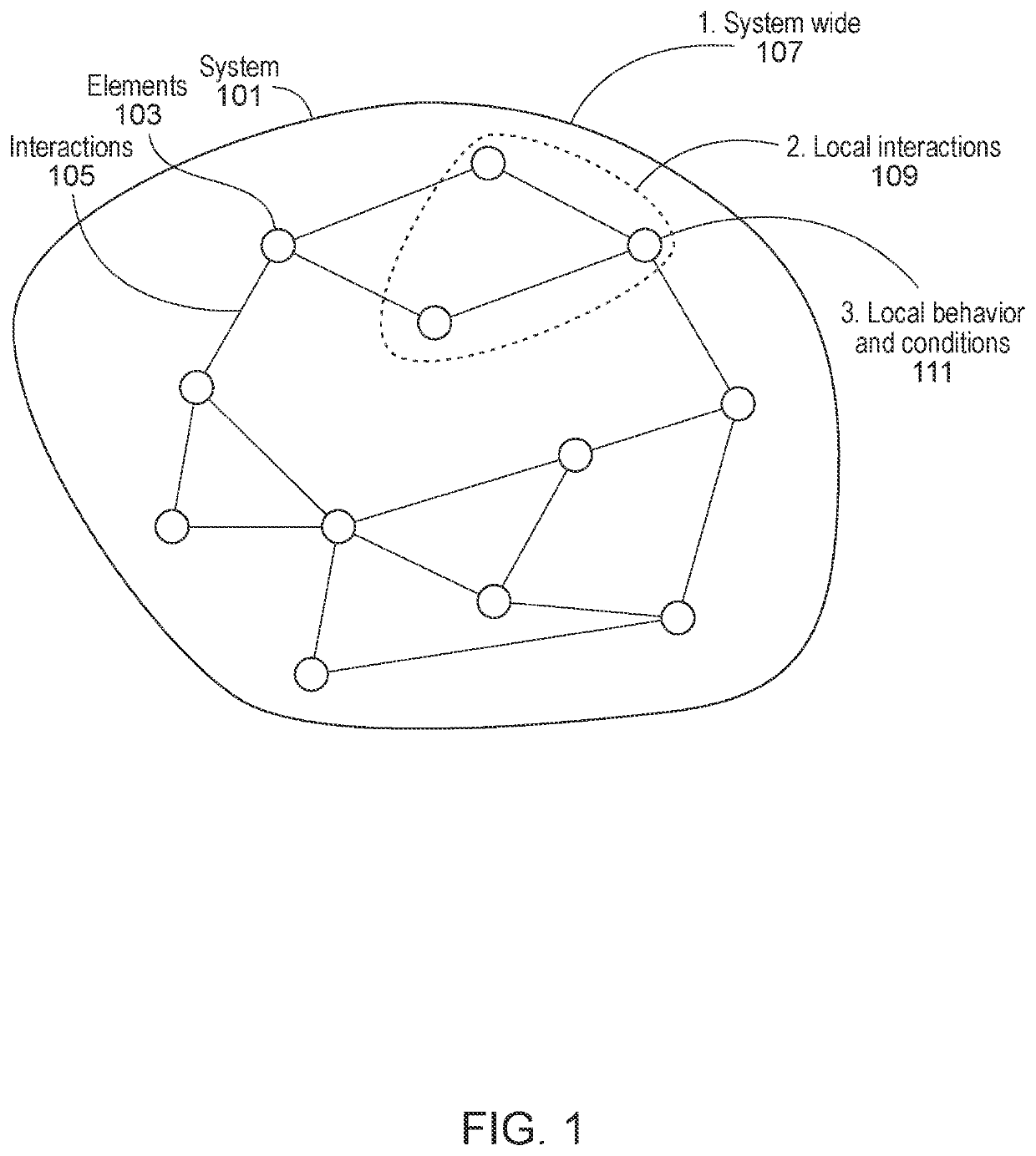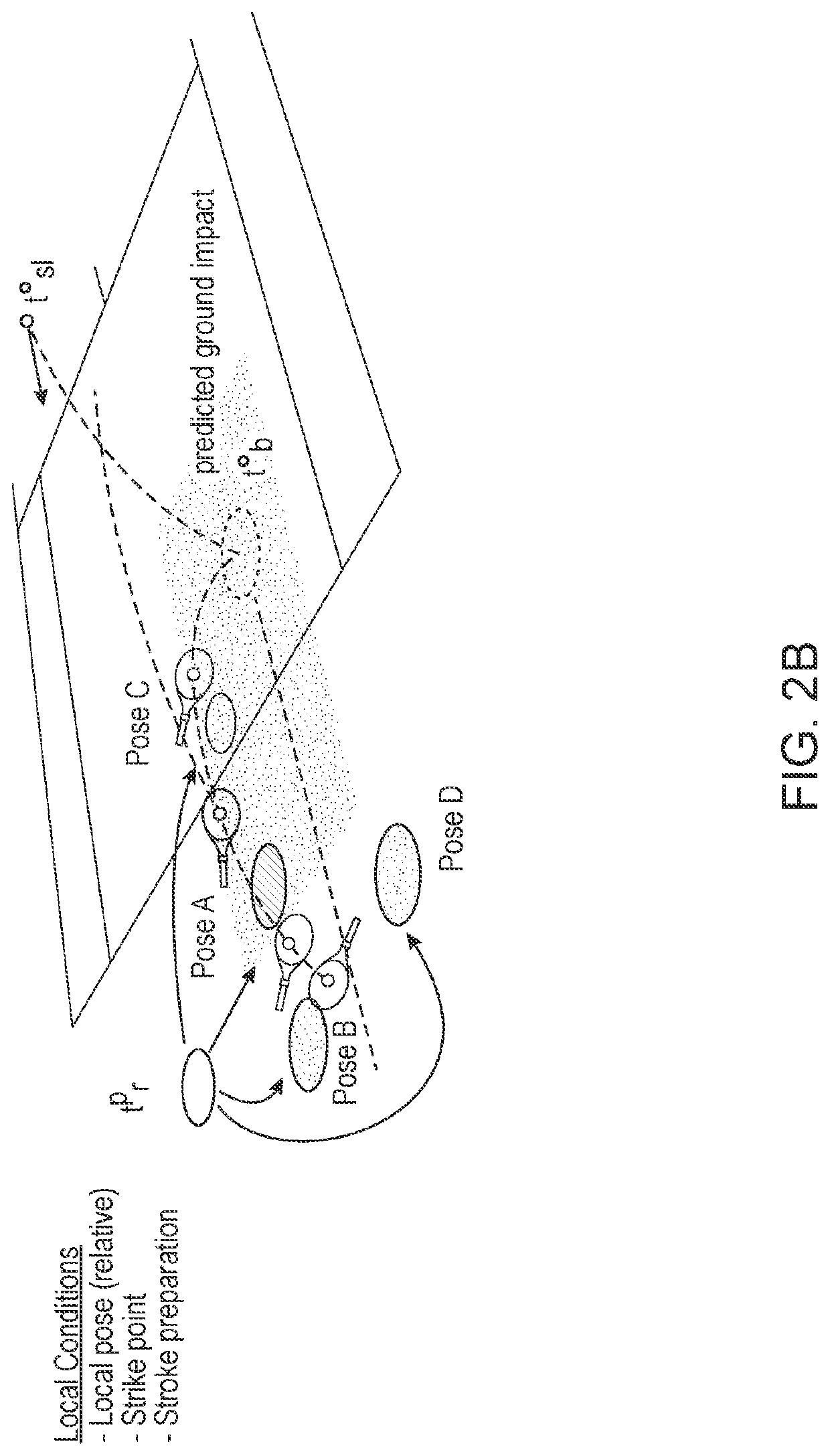Assessment and augmentation system for open motor skills
a technology of open motor skills and augmentation system, applied in the field of assessment and augmentation system for open motor skills, can solve the problems of difficult to learn, coach or train open motor tasks, and the difficulty of achieving superior levels of proficiency in these types of tasks, and achieve the effect of simple signal based cueing
- Summary
- Abstract
- Description
- Claims
- Application Information
AI Technical Summary
Benefits of technology
Problems solved by technology
Method used
Image
Examples
tennis example
[0263]The activity ecosystem in FIG. 1 provides the starting point for understanding how the behavior elements are organized and how they combine to achieve the task goal. This holistic system description can be applied to tennis. The tennis example is used to illustrate the modeling approach, including the specifications of the quantities that are measured or estimated. FIG. 4 shows some of the state dimensions that are measured or estimated to capture the activity environment interactions for the tennis example.
[0264]In tennis the main elements are the player 402 and opponent, and the ball (see FIG. 4). The main movement elements include the ground movements, postural movements, stroke, and the shot.
[0265]The resulting delineation is as follows:[0266]At the ecosystem level, the player, opponent and shot define the state of the system or game.[0267]For key interactions in tennis, in particular the motion of the player and opponent relative to the shot. The court motion and shot tar...
PUM
 Login to View More
Login to View More Abstract
Description
Claims
Application Information
 Login to View More
Login to View More - R&D
- Intellectual Property
- Life Sciences
- Materials
- Tech Scout
- Unparalleled Data Quality
- Higher Quality Content
- 60% Fewer Hallucinations
Browse by: Latest US Patents, China's latest patents, Technical Efficacy Thesaurus, Application Domain, Technology Topic, Popular Technical Reports.
© 2025 PatSnap. All rights reserved.Legal|Privacy policy|Modern Slavery Act Transparency Statement|Sitemap|About US| Contact US: help@patsnap.com



